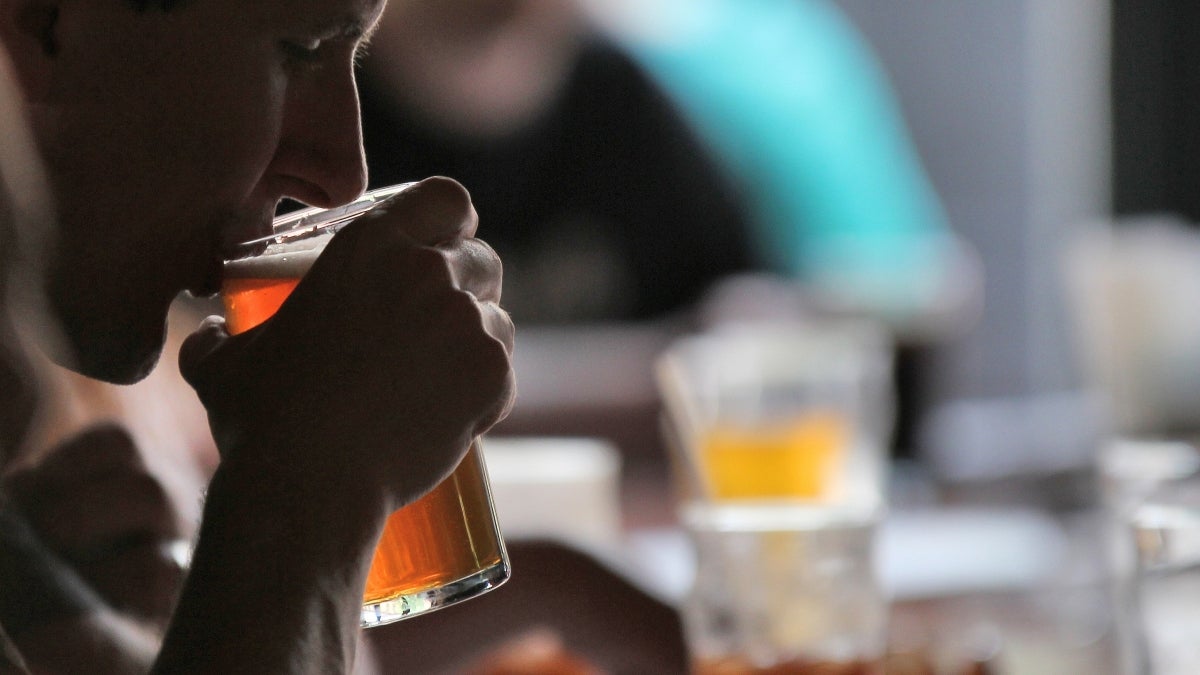The legal drinking age in the United States might be 21 years, but teenagers and pre-teens drink over 10 percent of all alcohol consumed in the country.
Adolescents who experiment with drugs including alcohol are more likely to develop lifelong substance abuse problems, but researchers in Arizona State University’s Department of Psychology have created a highly-effective program to decrease alcohol use in teenagers. Just spending 18 hours in the program produced protective effects against teenage alcohol misuse that were long-lasting.
“We found that just helping middle school students and their parents engage in school and with each other more effectively protected those students from problem alcohol use five years later, when they were seniors in high school,” said Nancy Gonzales, Foundation Professor of psychology and associate dean of faculty at ASU. She is lead author on the study about the program, which will be published in the March 21 issue of JAMA Psychiatry.
“Adolescence is a critical period for the development of addiction disorders,” Gonzales said, “and kids who start drinking before age 14 have a significantly higher risk of going on to develop problem drinking.”
The Bridges/Puentes program
The researchers recruited seventh graders and their parents to participate in the program, called Bridges in English and Puentes in Spanish, from Title 1 schools with large populations of Mexican-American students. Compared to other adolescent groups, Latino teenagers have an increased risk of alcohol abuse.
Families were assigned to the intervention, which consisted of nine interactive workshops, or they were assigned to a control group and completed a workshop. The interactive sessions were led by teachers who had been trained by the ASU researchers. Each session taught parents and students a skill, such as good listening practices or strategies for talking about difficult topics, and had them practice as a family.
For example, the first session of the program had the students brainstorm about their futures by focusing on future images of themselves. The parents learned about listening and communication skills. When the families reunited at the end of the session, parents listened to their child’s thoughts about their future and then discussed how they could work together to achieve future goals. Throughout the program, parents also learned how to motivate and support their children’s development and grit, and students practiced skills for self-control and dealing with life challenges.
In seventh grade and in their senior year, participating students answered questions from the Youth Risk Behavior Survey developed by the Centers for Disease Control and Prevention and the Diagnostic Interview Schedule for Children developed by the National Institute of Mental Health. To analyze the data, the researchers divided the Bridges/Puentes and control participants into two groups: those who reported any alcohol use in seventh grade and those who reported no alcohol use as seventh graders. All participants were 15 years or younger in seventh grade.
Reduced alcohol use in at-risk teenagers
The effect of the Bridges/Puentes program on the students who reported alcohol use as seventh graders was striking. As seniors, these teenagers reported less drinking during the previous year and fewer times when they were drunk compared to the teenagers who participated in the control condition and reported alcohol use in seventh grade. Importantly, the Bridges/Puentes participants were 2.5 times less likely to meet the criteria for alcohol use disorder, which can be a precursor to lifelong substance abuse disorders.
“The Bridges/Puentes program had a developmental snowball effect on the participants and was protective against alcohol abuse five years later,” Gonzales said.
The reduction in alcohol use in seniors who started experimenting early is important because even small reductions in adolescent drinking and rates of alcohol use disorder can have a cascade effect on other public health problems like alcoholism and substance abuse disorders, risky sexual behavior and other health problems.
The Bridges/Puentes program was geared towards middle schools with a high Mexican-American enrollment, but the program is a universal evidence-based intervention. Any family at the school was allowed to participate, and the researchers found protective effects for all participants.
“We found many effects from this universal intervention,” Gonzales said. “This study reports alcohol use, but we found positive effects on grades, behavior at school, rates of high school graduation and family conflict.”
Scaling the Bridges/Puentes program
With funding from the National Institute on Drug Abuse, the ASU researchers are now working to streamline the Bridges/Puentes program down from 9 sessions with the goal of scaling it for use in middle schools throughout the country.
“Middle school is an optimal time for families, schools and teenagers to come together around a common goal of promoting student success, “Gonzales said, “and in the process, they will reduce problems like drug abuse.”
At ASU, Jenn-Yun Tien, research professor of psychology, Larry Dumka, associate professor with the Sanford School, and Ann Mauricio, assistant research professor of psychology, also contributed to the study.
Top photo: ASU researchers have developed a program to reduce alcohol abuse disorders in at-risk teenagers. Photo by Robert Mathews on Unsplash
More Science and technology

From food crops to cancer clinics: Lessons in extermination resistance
Just as crop-devouring insects evolve to resist pesticides, cancer cells can increase their lethality by developing resistance to treatment. In fact, most deaths from cancer are caused by the…

ASU professor wins NIH Director’s New Innovator Award for research linking gene function to brain structure
Life experiences alter us in many ways, including how we act and our mental and physical health. What we go through can even change how our genes work, how the instructions coded into our DNA are…

ASU postdoctoral researcher leads initiative to support graduate student mental health
Olivia Davis had firsthand experience with anxiety and OCD before she entered grad school. Then, during the pandemic and as a result of the growing pressures of the graduate school environment, she…
